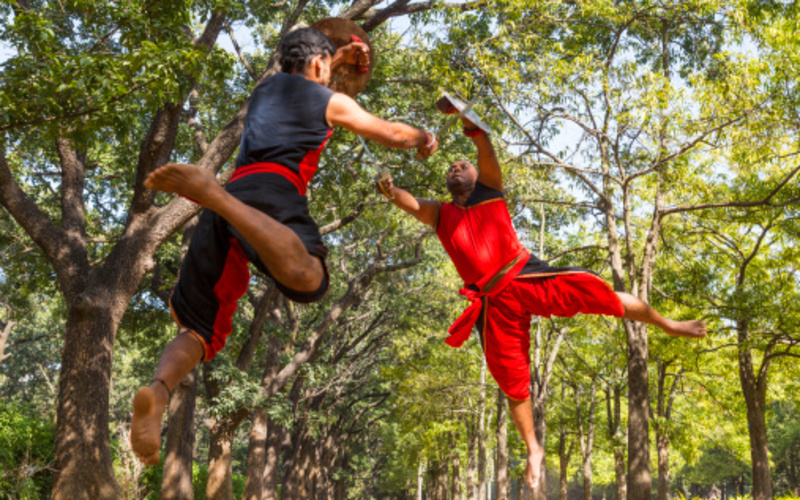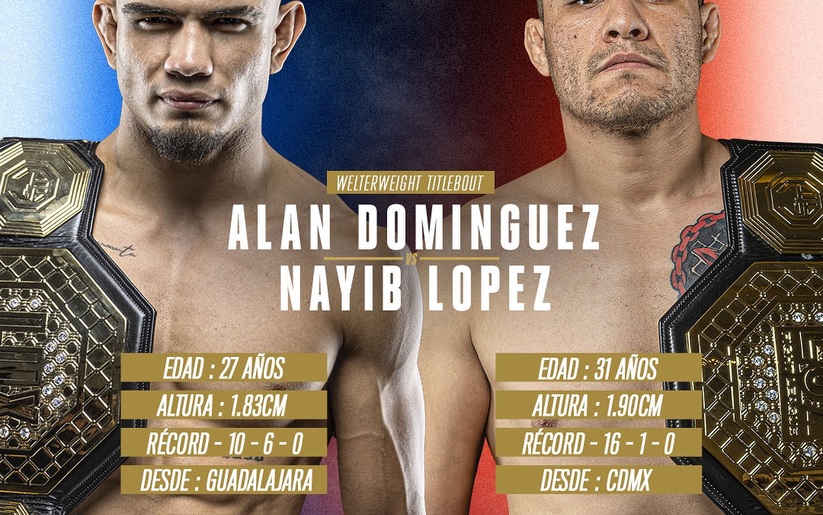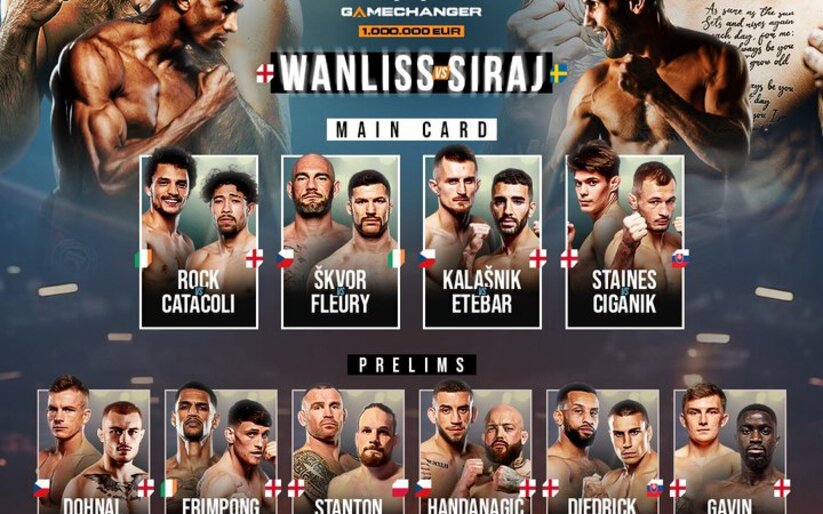In the modern-day, most people are fully aware of various martial arts whether of western or oriental origin, like boxing, wrestling, various forms of grappling, karate, etc. However, India is not the first destination when martial arts come to mind.
With a rich history reaching back to ancient times India is credited for many inventions discoveries in the various fields of science. Indus Valley Civilization was fully aware of needs and practitioner dentistry 7000 BC. In 2500 – 2000 BC they used a flush toilet with almost every home being connected to a sewage system. Ruler and weight scales were used to compare the measure and size of traded goods. That’s only a small part of these Civilization achievements that were discovered way ahead of its Asian and European counterparts.
Like anywhere else Indu people stood in the face of adversities such as hostile tribes and nations. So countermeasures in form of various martial arts were created to incapacitate potential enemies.
Kalaripayattu
Kalaripayattu is considered one of the world’s oldest martial arts. It was designed with the purpose of defeating an opponent on the battlefield. This fighting system is split into different exercises like meipayattu which focuses on the practitioner’s body, vadipayattu which is a stick fighting practice, and verumkaiprayoga which covers the bare hand aspect of fighting.
Training session begins with body exercises which are followed by bare hand fights and to end the things practitioners train stick fighting. The more advanced stage include sword, shield, and spear fighting with head, chest, back, and stomach as target areas.
Kalaripayattu is being practiced to this day with the improvement of body flexibility and awareness cited as the top benefits of this ancient fighting system.
Huyen langlon
From Manipur comes another Indian martial art with ancient roots, Huyen langlon with first means ‘war’ and latter can mean ‘knowledge of art’. It has two main pillars: thang – ta, which means armed combat, and sarit sarak, unarmed fighting. It utilizes spear (ta) and sword (thang) as its main weapons. Others include shield and axe. Hand to hand combat aspect focuses on hand strikes, kick, and grappling.
The thang – ta can be trained as ritual, demonstration, and combat. The first is related to tantric practices of Hinduism. The demonstration consists of performances involving various sword and spear dances, which have actual combat applications and can be used as fighting techniques.
Due to its’ close relation to Kalaripayattu, Huyen langlon shares the same benefits.
Modern Martial Arts in India
But both aforementioned martial ars longevity doesn’t mean that Indian people don’t utilize and benefit from the modern take on fighting. The best example comes from India’s most popular sport, Cricket with matches being watched and money laid down on cricket betting sites by millions of fans every week. One of the sport’s most acclaimed players, batsman Gautam Gambhir took to MMA training in a bid to return to the Indian cricket team. to his training regiment in order to make his comeback to India’s national team. His goal was to improve his reflexes and footwork – both of which can benefit from MMA practice. He fulfilled his ambitions, as he was recalled for the Test-Match series against New Zealand and delivered a good showing, proving that everyone can benefit from martial arts training.
Main Image:



